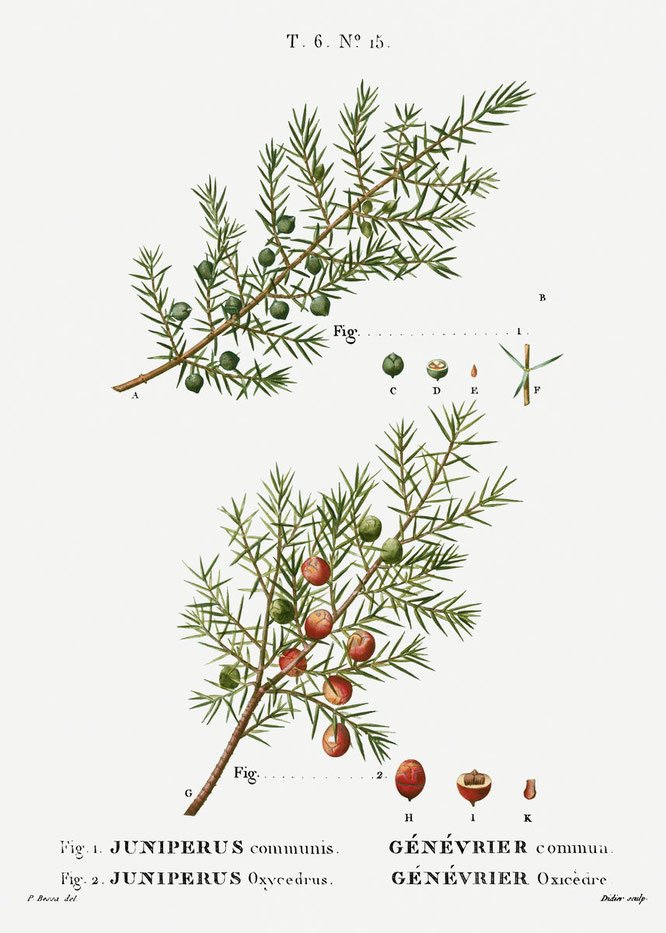Gin
Explore our selection of French Gin and Alcohol-Free Gin. France, with its centuries old tradition of distilling offers distinctive gins, representing both the vanguard of styles and flavors and the savoir-faire of traditional distillation practices.
History of Gin
Gin was first produced in Holland by Dr. Sylvius, a Dutch physician, during the 17th century. He named it Genievre, the French word for the juniper berry. It was the English who shortened the name to gin. Brought from Holland into England by English soldiers, who called it “Dutch Courage,” gin soon became the national drink of England and has so remained.
What is Gin?
Gin is distilled from grain and receives its unique flavor and aroma from juniper berries and other botanicals. Under US regulations, gin is defined as “spirits with a main characteristic flavor derived from juniper berries.”1 Every gin producer has their own special recipe, which is under strict quality control. The flavor of gin will vary with the distiller.
Gin can be made two ways, by either being distilled or compounded. All leading popular brands sold in the United States are distilled. Compounded simply means a mixture of neutral spirits with juniper berries. Distilled gin is distilled completely.
Dry? Extra Dry? London Dry?
Virtually all gins in the United States use the word “dry.” You will see it on brand labels that may read, “Dry Gin,” “Extra Dry Gin,” “London Dry Gin,” or “English Dry Gin,” but they all mean the same thing‑‑lacking in sweetness.
Originally, “London Dry” meant gin produced in London, but the name “London” is considered to be generic, and therefore it is often used to describe gins produced in the United States [and around the world]. 1
Instead, the term “London Dry” is a quality designation. For a gin to be called London Dry Gin, the base spirit must be distilled to a completely neutral spirit of 96% ABV, must add all flavors through distillation in presence of “natural plant materials,” and can have nothing added after distillation save water and a trivial quantity of sugar. The Official definition is laid out in Regulation (EC) No 110/2008 of the European Parliament. 2
Other Types of Gin
Other types of gin available include:
Old Tom Gin, a slightly sweetened type of gin.
Plymouth gin, produced in Plymouth England by Plymouth Gin Distillery.
Navy Strength Gin, an overproof style that must be bottled at minimum 57% ABV - originating from the idea that if the gin were to spill on gunpowder, it would ignite when lit.
Flavored gins, to which different flavorings have been added. The most well-known of these is sloe gin, made with sloe berries.
Genever, while technically a different type of spirit than gin, given that it’s dominant flavor isn’t juniper, is included since it is the precursor to modern day gins.
Why French Gin?
France, with its centuries old tradition of distilling offers distinctive gins, representing both the vanguard of styles and flavors and the savoir-faire of traditional distillation practices.
There is a strong tradition of distilling genever (genièvre) in the alpine areas of France, which naturally gave rise to distilling gin. Our Diplôme Dry Gin, as an example, is the original 1945 recipe created to supply thirsty American GIs in post-World War II France.










